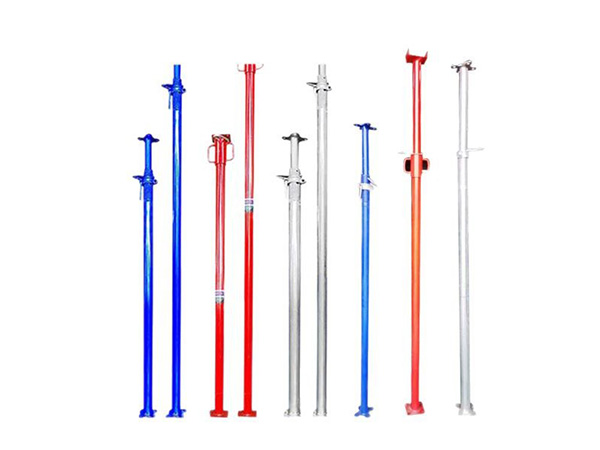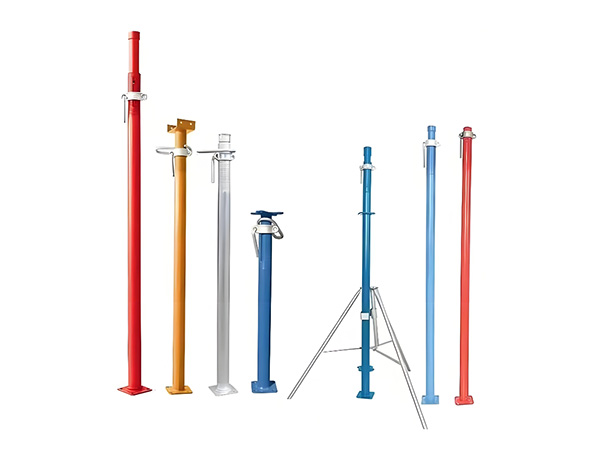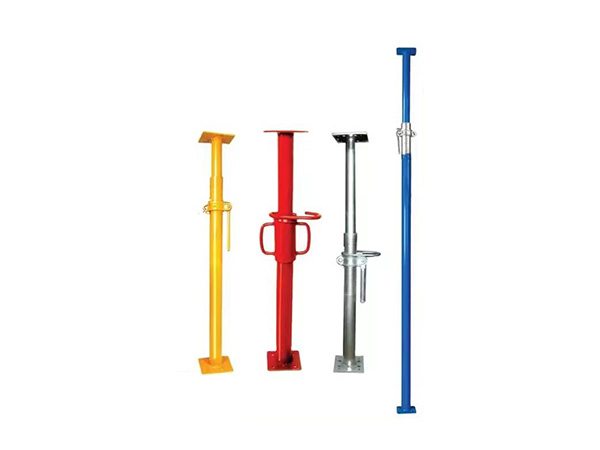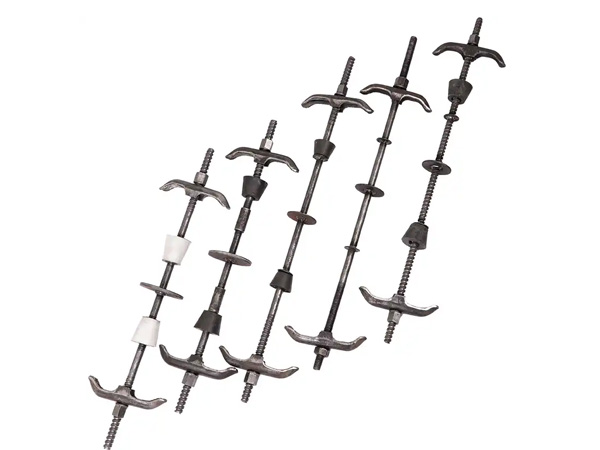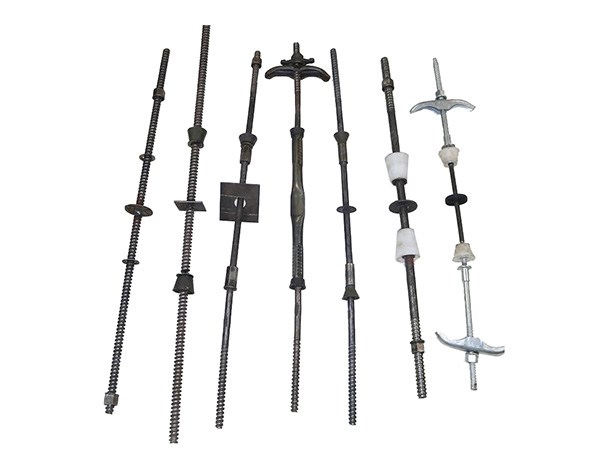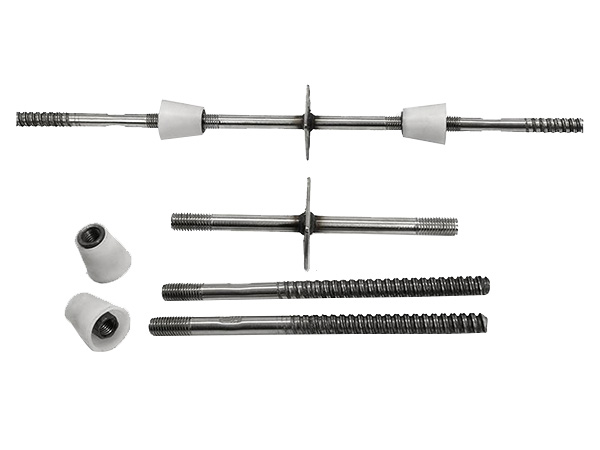- Site Navigation -
NEWS LIST
What is the difference between a wall screw and a pull bolt?
Author:yicheng Date:2025-09-03 16:07:32 Hits:143
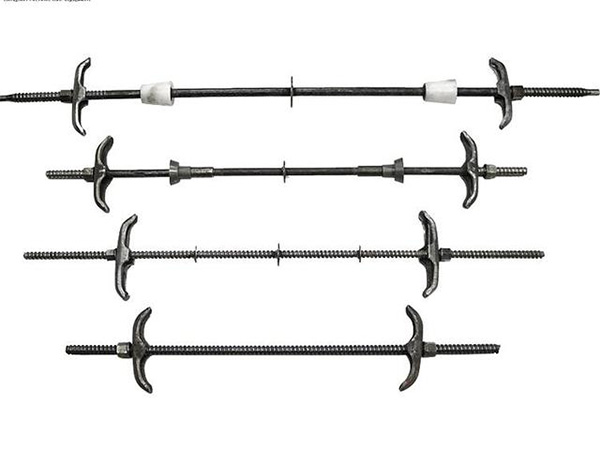
What is the difference between a wall screw and a pull bolt?
Although wall screws and tension bolts are both used for concrete formwork fastening, there are significant differences in the definition scope, structural design, applicable scenarios and functional focus, and the core differences are as follows:
From the perspective of definition and category, tension bolts are a general term, covering all connectors used for tension fastening on both sides of the formwork, and wall screws are subdivisions of tension bolts, specifically referring to bolts that need to run through the wall and are permanently or semi-permanently combined with concrete, and the two are "included and included" relationships.
The structure and function focus are different: ordinary tension bolts are mostly wire-through structures, no waterproof design, leaving only holes after removal, suitable for indoor walls without waterproof requirements; Wall screws (especially water-stop types) often have waterproof structures such as waterstop plates and waterstop rings, which can block water seepage channels, and some of them are three-stage detachable structures, taking into account fastening and later recycling, and are more suitable for waterproof scenarios such as basement exterior walls and pools.
There are also differences in applicable scenarios: tension bolts are widely used in interior walls and floor formwork of ordinary civil buildings; Wall screws focus on scenarios with waterproof, impermeable requirements or thick walls, such as basements, civil air defense projects, water conservancy facilities, etc., which need to meet the dual needs of formwork fixation and structural waterproofing at the same time.







